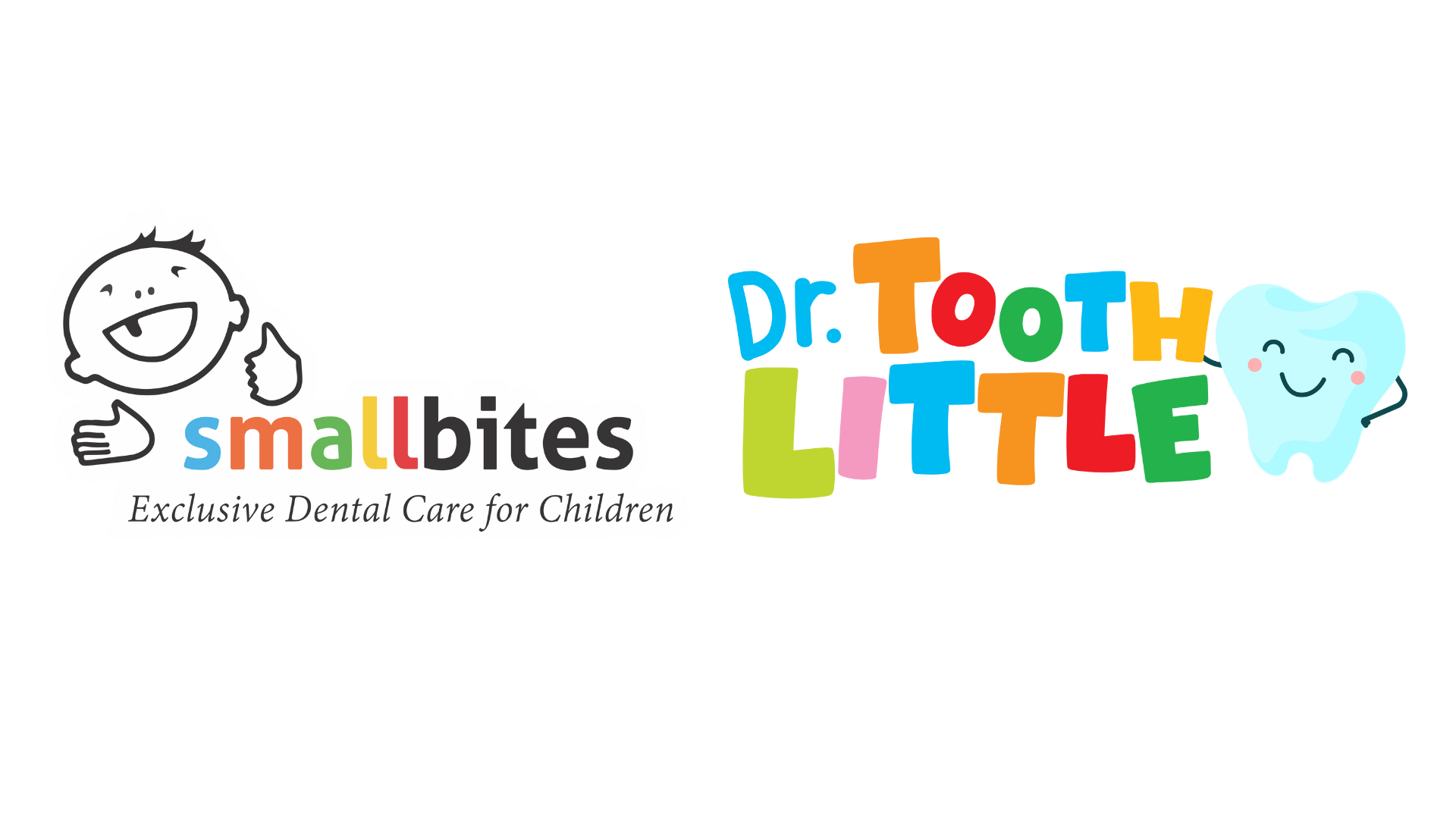Brushing your babies’ teeth can be quite a stressful ritual. Babies are restless and don’t understand why their mothers would want to force open their mouths and insert an object like a brush, that is not just uncomfortable, but oftentimes painful.

As much as parent’s may delay this or procrastinate in the hopes of getting children to be more accepting of brushing teeth when they are older, it actually works in the reverse. The older the child gets, the more difficult it is for him/her to make brushing a regular part of their routine. Truth is, the results cannot be observed immediately, and most often children find brushing unnecessary and a chore even when they are older.
Caring for your babies’ teeth should begin as soon as they start to appear. Parents are also the best people to lead the way when it comes to teaching kids this important skill.
Teeth are the most vulnerable part of the mouth, do a whole lot of work….masticating, gnashing, biting, chewing, and also have to weather acids from foods that are constantly fed into the mouth. Looking after them must begin when they start to erupt. It’s alright if teeth can’t be brushed from the start. What matters, is introducing this habit as a part of their daily routine. Start by showing them that brushing is what you do each day, everyday and its the best example you could give.
How to introduce teeth brushing in Children?
- Use just a little dab of paste on the finger for babies, and little more than a pea-sized amount for toddlers
- Start with light brushing, and then a little thoroughly, brushing all along the tooth sides and surfaces, twice a day, after waking up and before bedtime.
- Don’t turn teeth brushing into a war, pushing and shoving, yelling and fighting which usually happens. Some children take a long while to get used to it. Make this a game, brush yours first and ask them to follow suit, or sing a little rhyme when you do.
- Place your baby in a way that both of you are comfortable. Sit them on your knee and head on your chest and clasp their chin. For older children, stand behind them and tilt their heads upwards.
- Use small circular movements when brushing teeth. This covers all the tooth surfaces, and your child can spit out the paste when they’re done. Flouride free toothpastes are better to use when smaller, since kids tend to swallow them otherwise.
- For babies, it is also important to lightly massage their gums, especially when teething. This can be done after brushing their teeth.
- Teeth brushing is a practiced art which parents need to guide their child on, till they reach an age where they can do it on their own. It has been seen that by age 5-7 years, children are able to do a great job of brushing their teeth.
- The most important aspect of introducing brushing and helping the child take care of their teeth, is the involvement of a pediatric dentist in the entire process. A dentist is not just required to fix things after the teeth are gone bad/caried, but must be a part of the process from the beginning. A regular teeth checkup will ensure that any irregularities, caries, congenital and developmental disorders of the teeth and mouth are looked into at the earliest and treated. This must ideally begin around the age of one year.
This video, explains the act of brushing teeth, and can be shown to your child to make them understand better.
Teeth brushing is as important as eating food, and teeth disorders are linked to various other health and body disorders which can strike later in life. A healthy and regular brushing schedule when started young, will lay the foundation for strong teeth that will last your children for the rest of their life.

